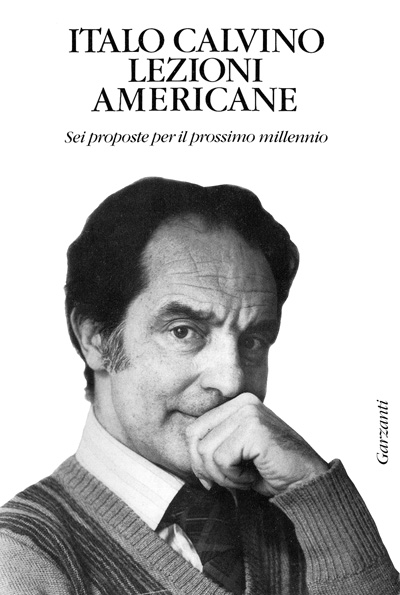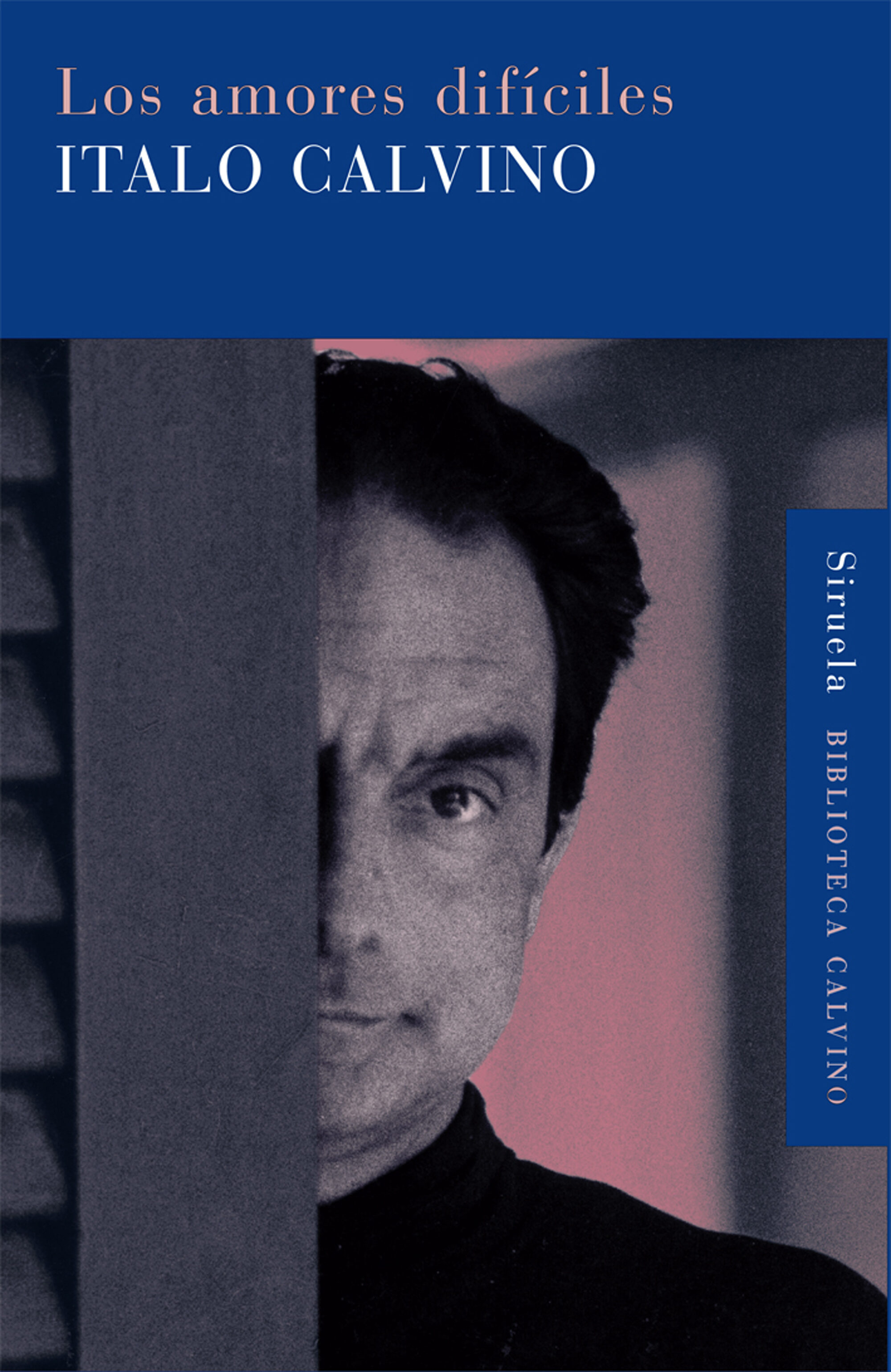
Behind the fantastic digressions, the irreverent tone, and the linguistic inventions characterizing these three improbable stories can be seen all of Calvino’s questioning about the precise relationship between the individual conscience and the course of history. The trilogy I nostri antenati (Our Ancestors)-Il visconte dimezzato (1952 The Cloven Viscount), Il barone rampante (1957 The Baron in the Trees), and Il cavaliere inesistente (1959 The NonExistent Knight)-which was to win Calvino a permanent place in the history of Italian literature, stands out from the ambient neorealistic vein to give precedence to fantasy which came close to fairytale, and which had already been glimpsed in his first novel. But the novels of this period are also clearly influenced by the uncertainty of the times.

In the post-1956 period, marked by the events in Hungary which were to cause him to leave the Italian Communist Party, Calvino devoted himself more to his work as an editor than to his literary work. Calvino himself published a variety of essays in it, most memorably “Il mare dell’oggettività” (1960 “The Sea of Objectivity”), in which he denounced the belief in objectivity which spared the intellectual the need to subject real events to his critical judgment, and “La sfida al labirinto” (1962 “The Challenge to the Labyrinth”), in which he examined the consequences of industrial development on the human condition and contemporary culture. It was with Vittorini, too, that he was subsequently to start Il Menabò di Letteratura (1959–67), a militant cultural magazine which was to introduce many young writers. More prosaically, the Politecnico venture introduced Calvino to Elio Vittorini-at that time editor of the magazine-who, along with Cesar Pavese, noticed his first novel, Il sentiero dei nido di ragno (1947 The Path to the Nest of Spiders), and introduced him to Einaudi, the Turin publishing house where Calvino was to work for many years. The experience did not last long, but from it Calvino acquired the certainty that “only a critical attention to everyday reality could underwrite the validity of his commitment” (Germana Pescio Bottino, 1967). But it is also through his work as an editor, journalist, and essayist that Calvino has commanded attention as one of the outstanding figures of the cultural life of his country.Īt the close of World War II, during which he had joined the Resistance, Calvino made his debut as a writer and journalist in the columns of Politecnico, a Marxistinspired weekly. Bearing at one and the same time the imprint of realism and the fantastic, his fiction writing-novels and extended short stories-has shown him to be one of the most original authors of postwar Italian literature. Calvino does, in fact, use humor to express his concern over what the modern world is becoming, and the place that man may yet take in it. The astrological detail may seem innocuous, but it is perhaps revealing of the ambivalence running through the Italian writer’s work.

“I will begin by saying that I was born under the sign of Libra,” notes Italo Calvino in the brief autobiography offered in the guise of an appendix to Una pietra sopra: Discorsi di letteratura e società (1980 The Uses of Literature).

Historical shifts in the social imaginary that regulate women's access to culture.United architects – essays table of content all sites Calvino, Italo Struggle with a structure that is "constantly rebuilt to keep woman captive." In this sense, the story of Zobeide can be read as an allegory of The particular knot of ethnicity, race, sexuality, and class that locates a woman in relations of power has a radical effect on the avenues open to her.Moreover,Ĭontemporary women have engineered a variety of interventions in the prevailing representations of urban culture. This is not to suggest that women's relationship to urban culture is uniform or transhistorical.

As a space traditionally mapped by men's desire, by men's economic privilege, a space whose otherness is so much a part of the (male) onlooker that it inspires both fascination and revulsion, the city is a space in which women do not circulate freely. In this issue, the former not only expose the ideologies that subtend urban planning, traffic laws, the organization of the workplace, police protection, prostitution, "black on black" fashion, and so forth, they also offer an alternative map of the city, an alternative cartography of desire. According to Lianne Moyes analysis, the city can be read as a trace of the desires of those who construct it- its poets and storytellers as much as its architects and bureaucrats.


 0 kommentar(er)
0 kommentar(er)
